RBA left cash rate unchanged at 0.75% as widely expected. In the accompanying statement, it noted that rate cuts since June are supporting employment, income growth and return of inflation to target. But given global developments and domestic spare capacity, ” it is reasonable to expect that an extended period of low interest rates will be required”. The central bank also maintained it’s “prepared to ease monetary policy further if needed”.
Outlook for the Australian economy is “little changed” from three months ago. The central scenario is for the economy to growth by 2.25% in 2019 (slight downgrade from 2.5% as mentioned in August), and then gradually pick up to 3% in 2021. Unemployment rate is expected to remain at around 5.25% for some time, before gradually declining to a little below 5% in 2021.
Inflation data were “broadly as expected”. Central scenario remains for inflation to pick up, “but do so so only gradually”. It’ expected to be close to 2% in 2020 and 2021. Back in August, RBA said “inflation is expected to be a little under 2 per cent over 2020 and a little above 2 per cent over 2021.”




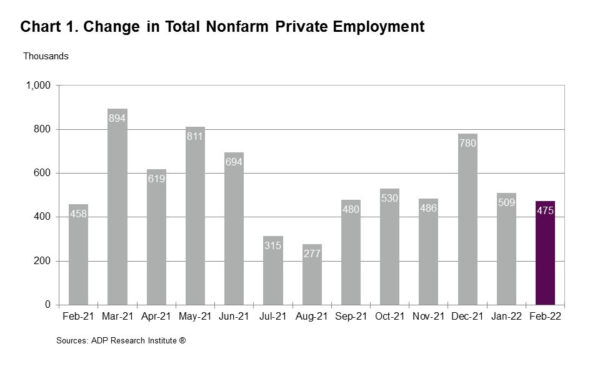
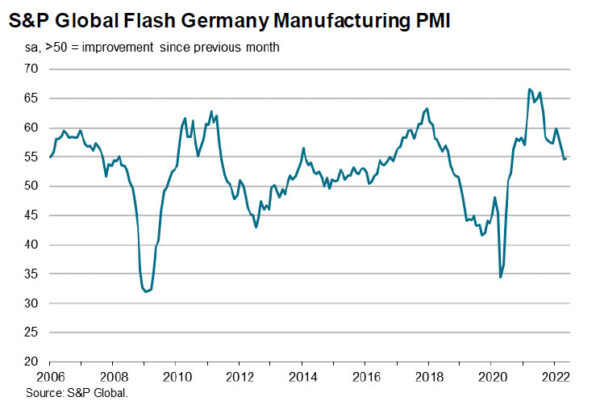
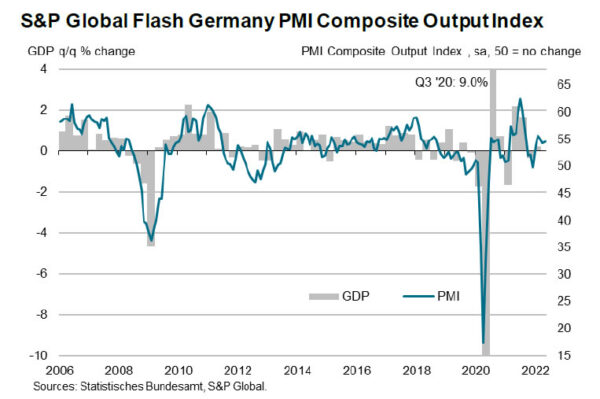
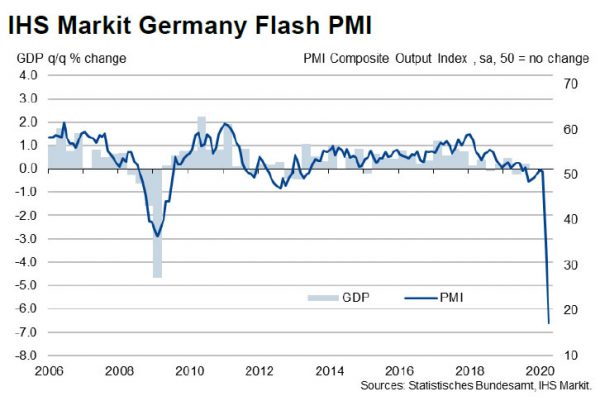
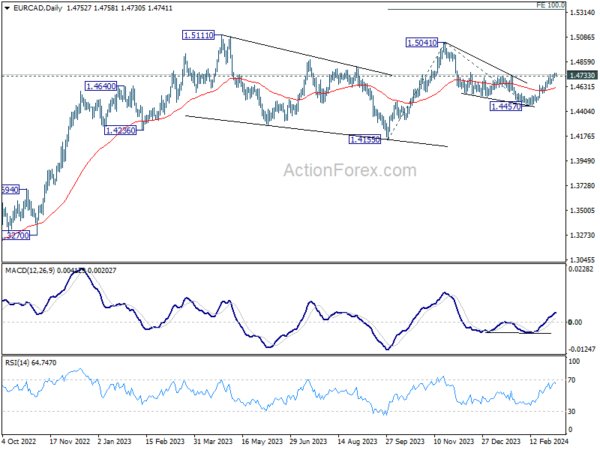
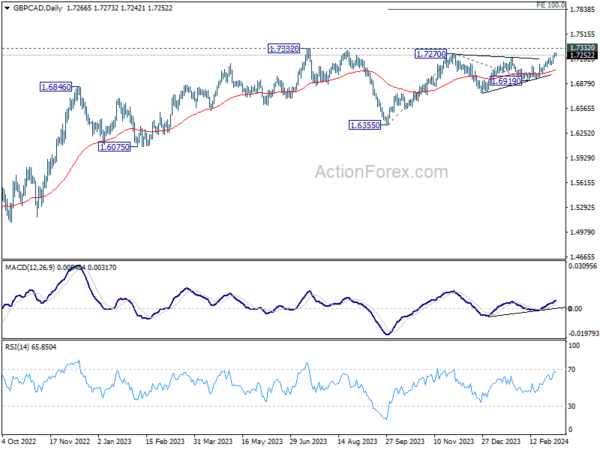
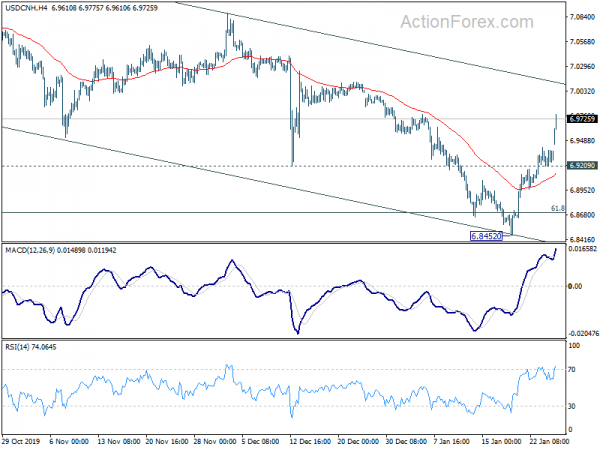
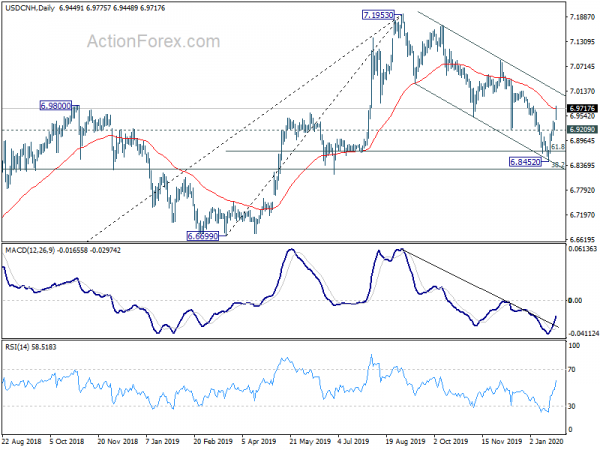
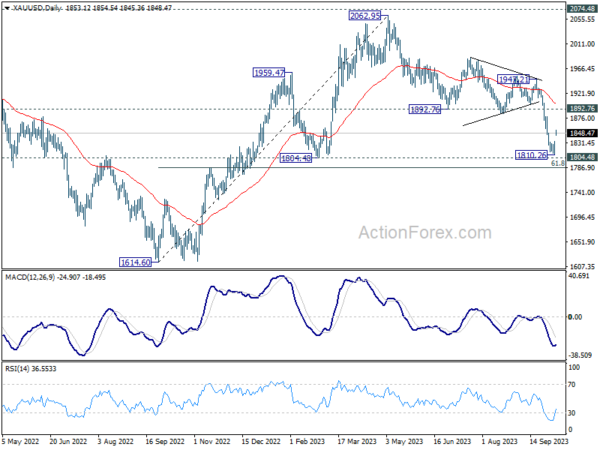
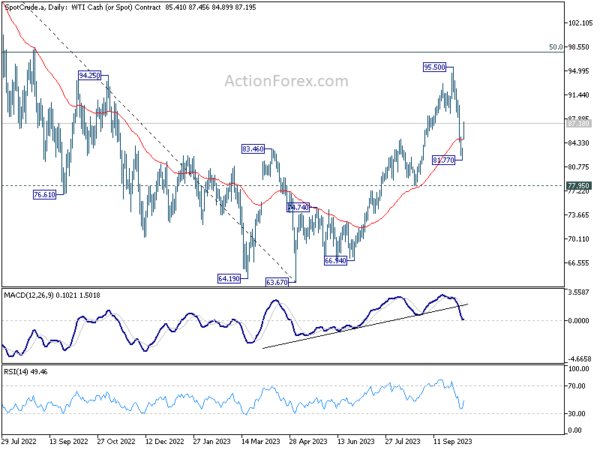
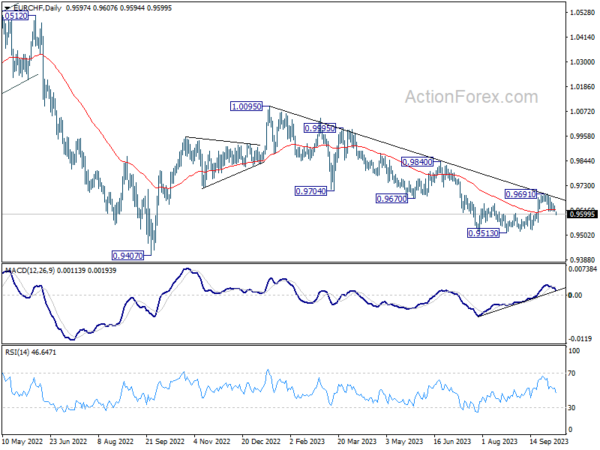
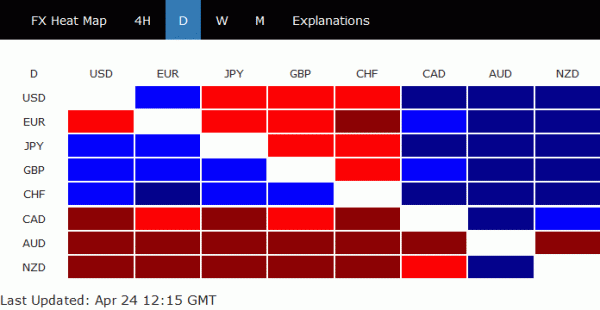
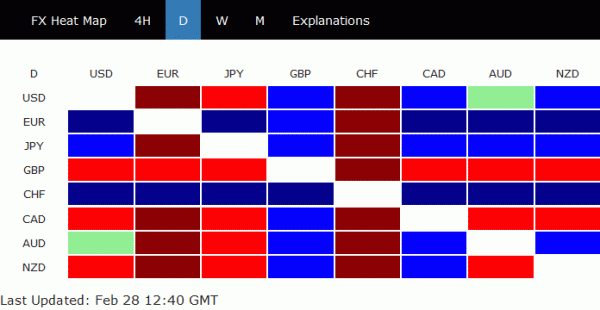
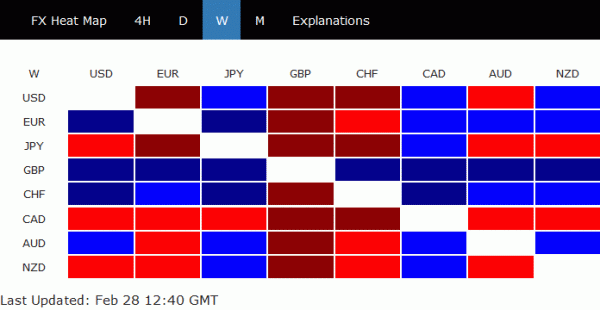
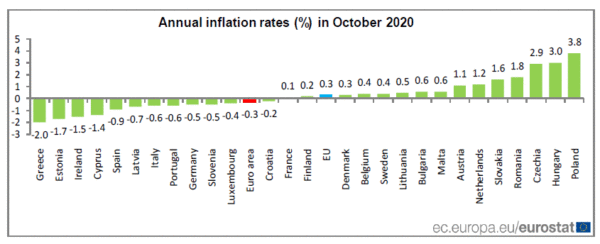
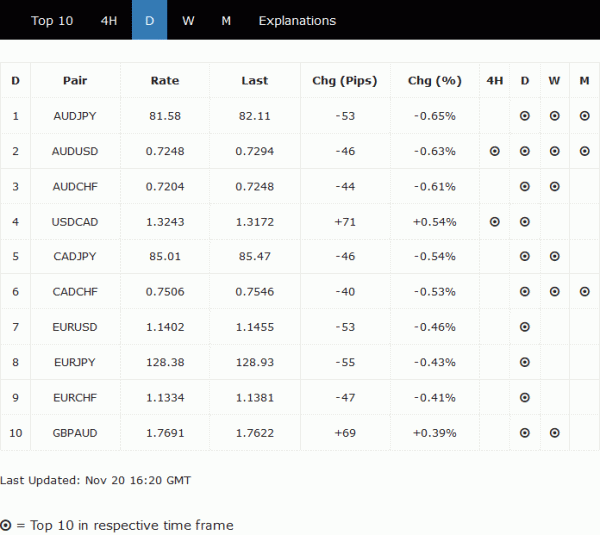
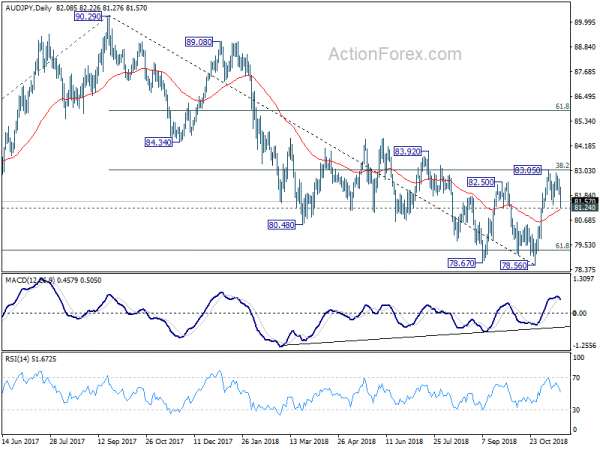
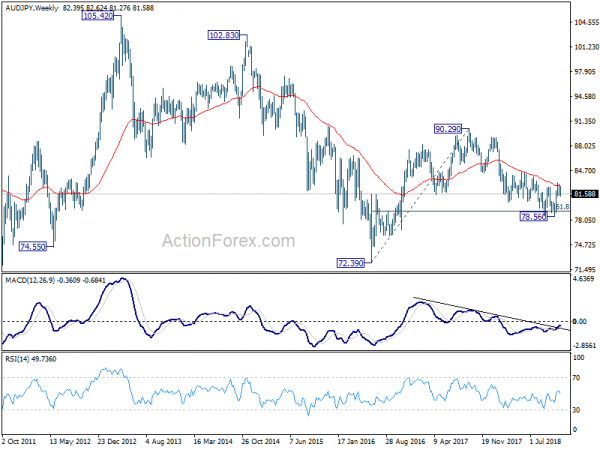

RBNZ keeps OCR at 0.25%, launches new stimulus with FLP
RBNZ decided to keep the Official Cash Rate unchanged at 0.25% today while the Large Scale Asset Purchase Programme will continue, up to NZD 100B. The central bank introduced additional stimulus through a Funding for Lending Programme, commencing December, to lower banks’ funding costs and lower interest rates.
RBNZ also “reaffirmed that an FLP, a lower or negative OCR, purchases of foreign assets, and interest rate swaps remain under consideration.” The banking system is also “on track to be operationally ready for negative interest rates by year end.”.
Full statement here.